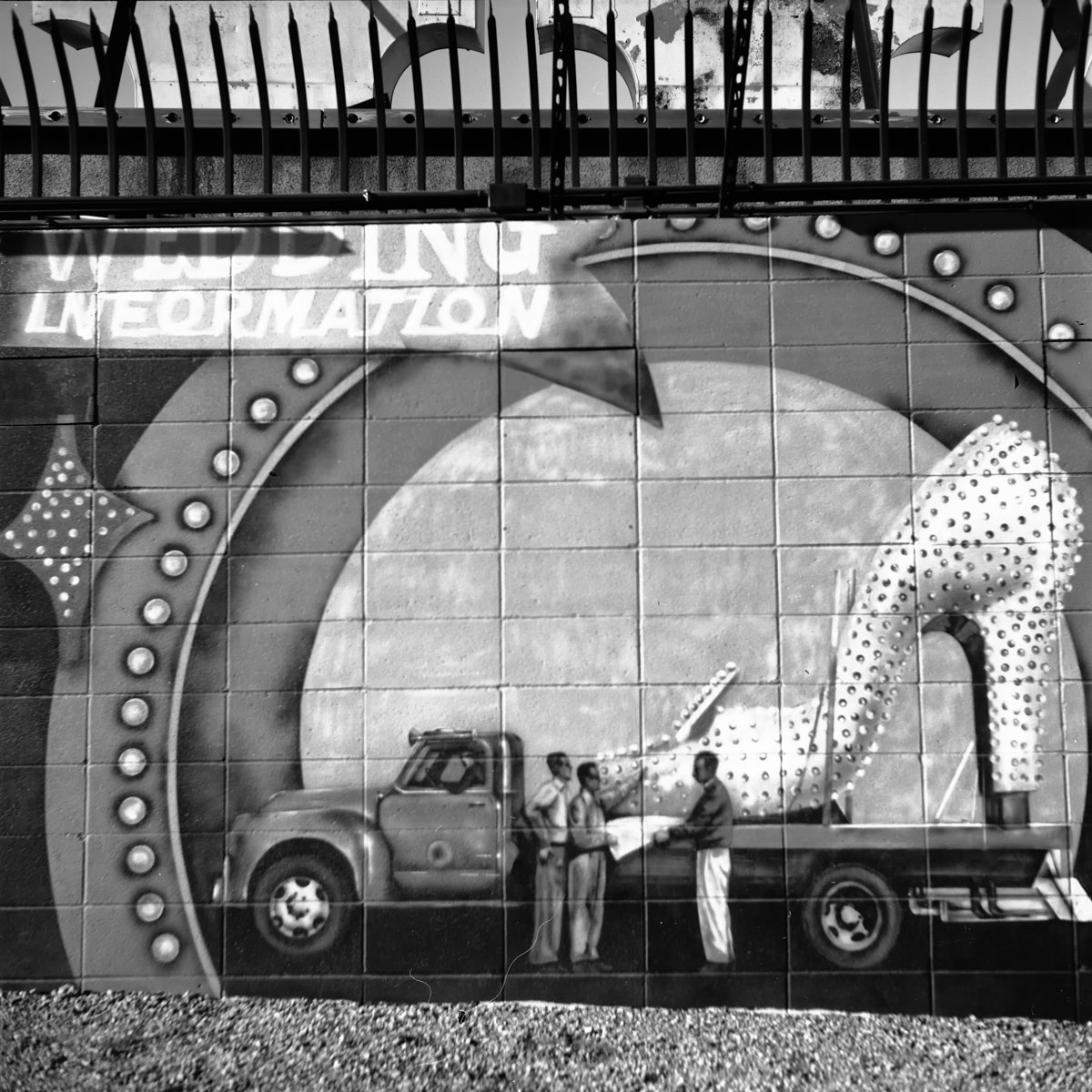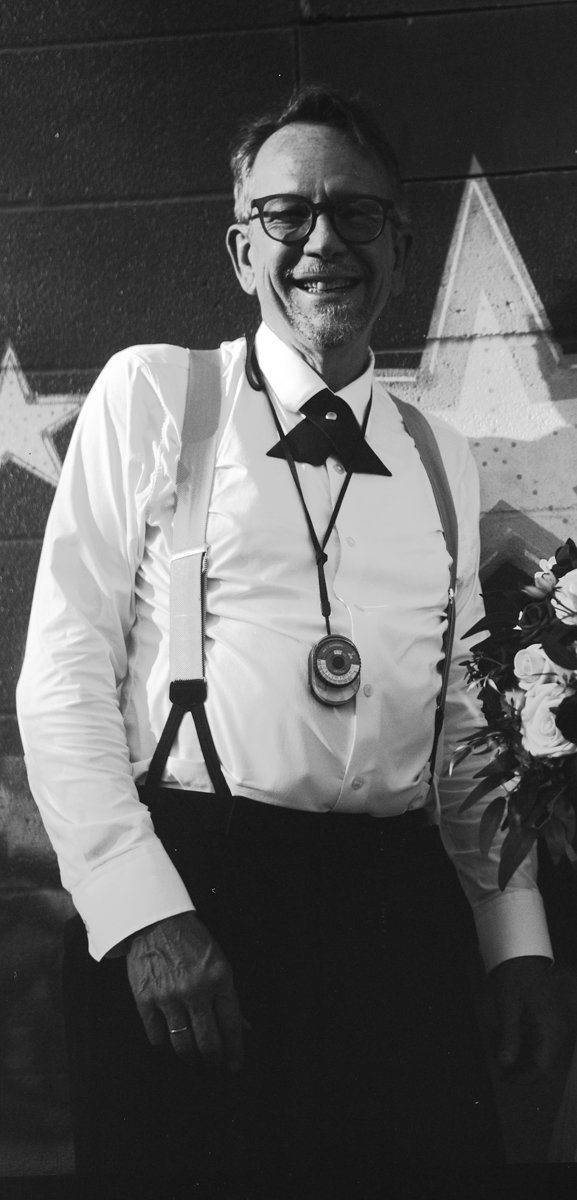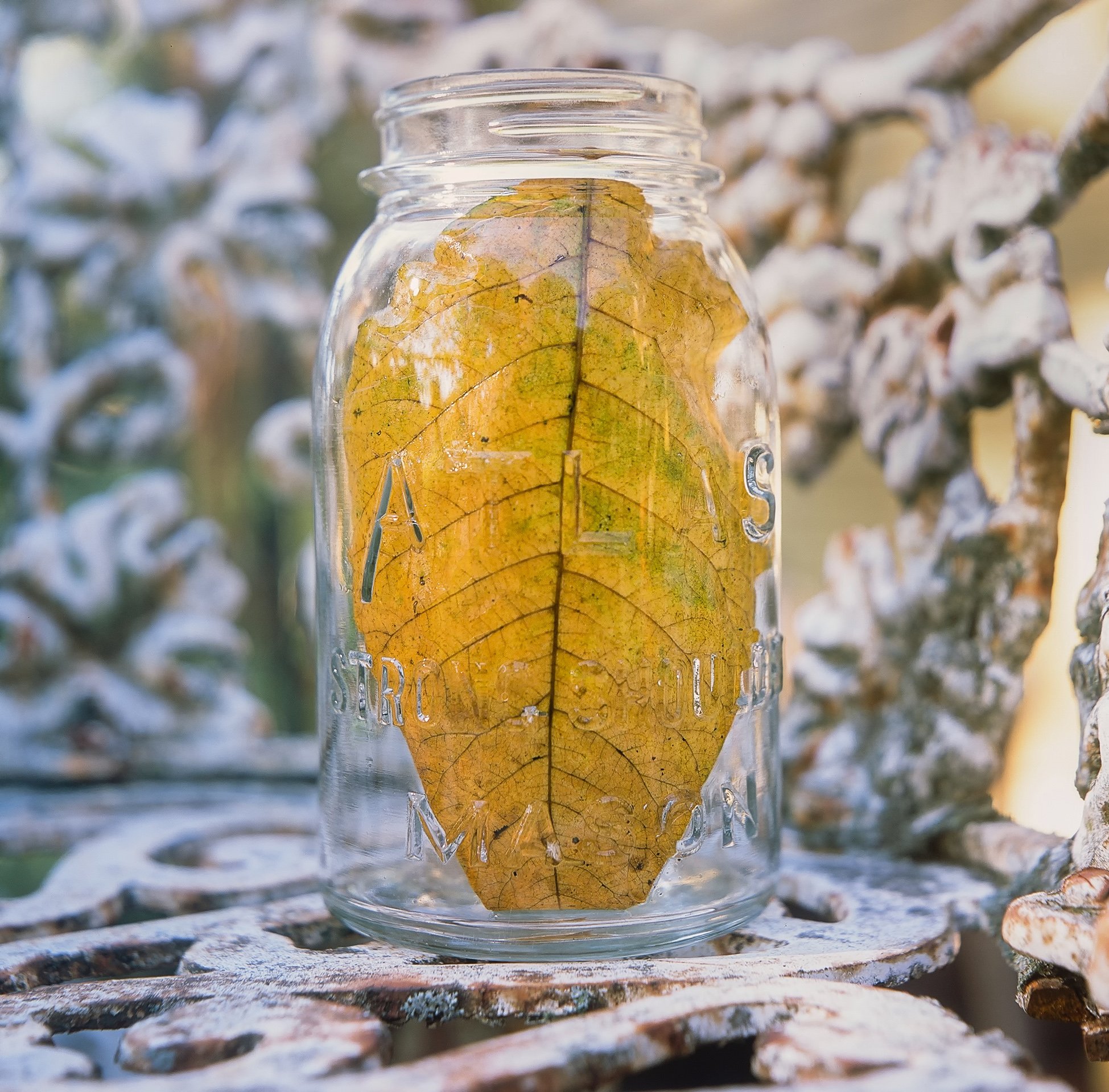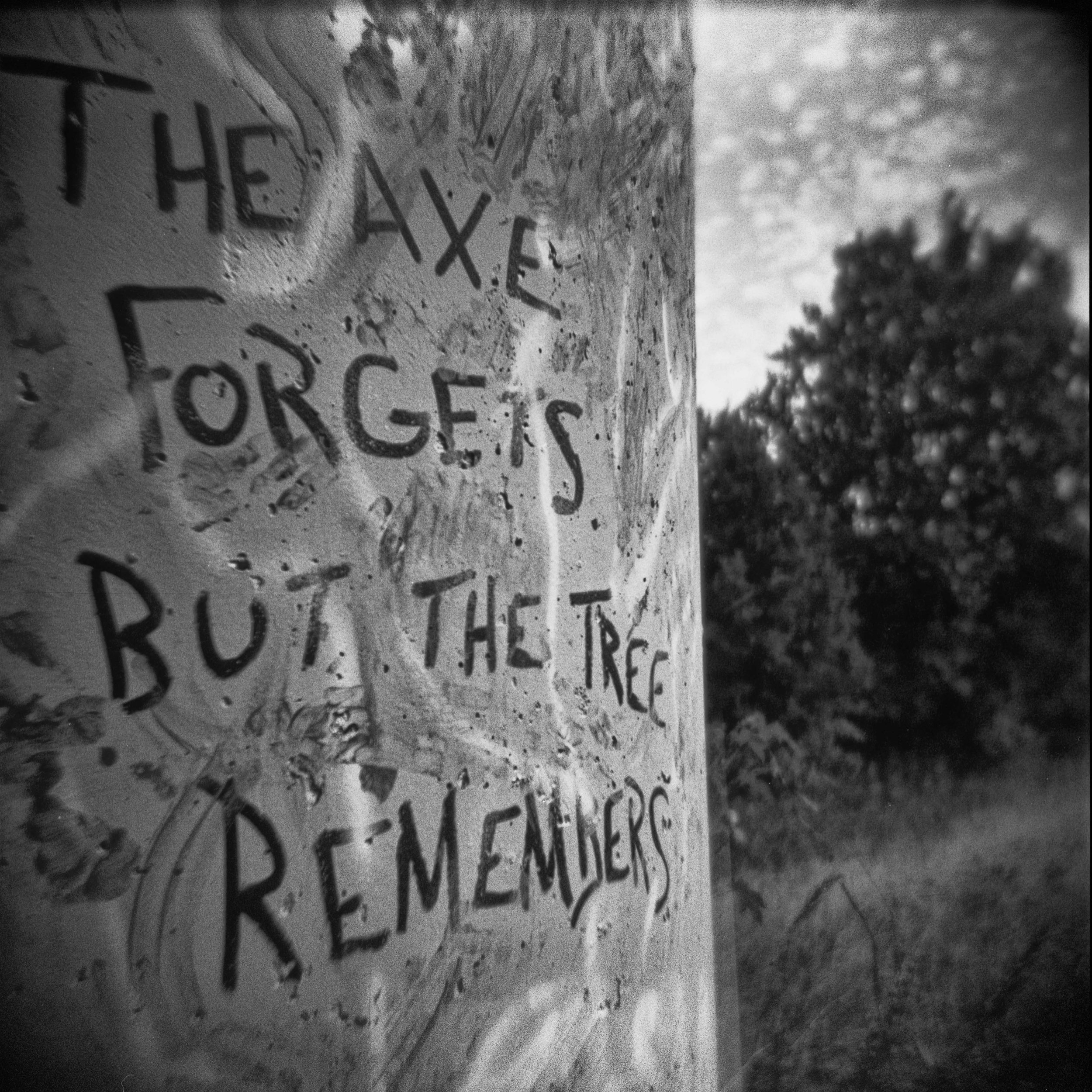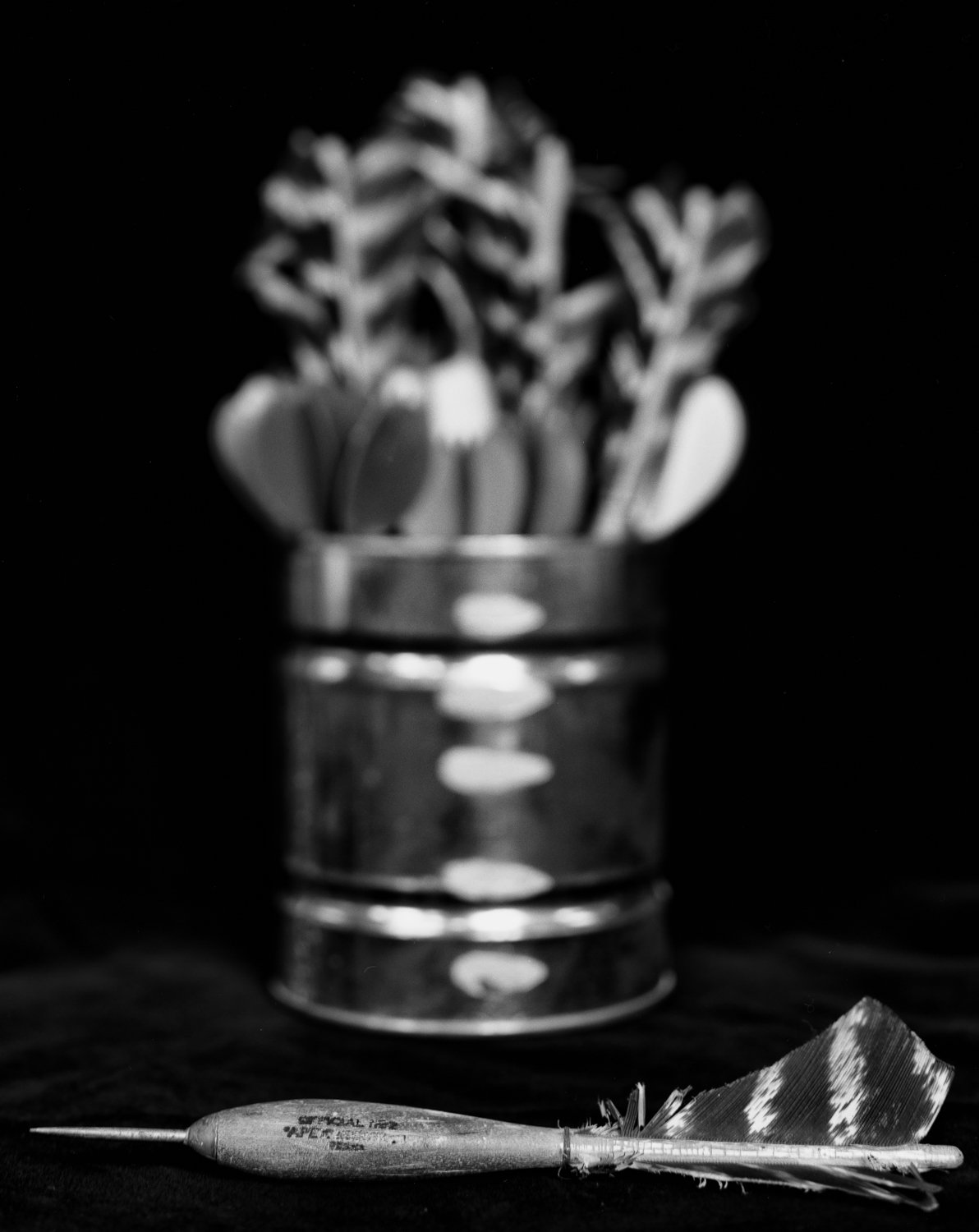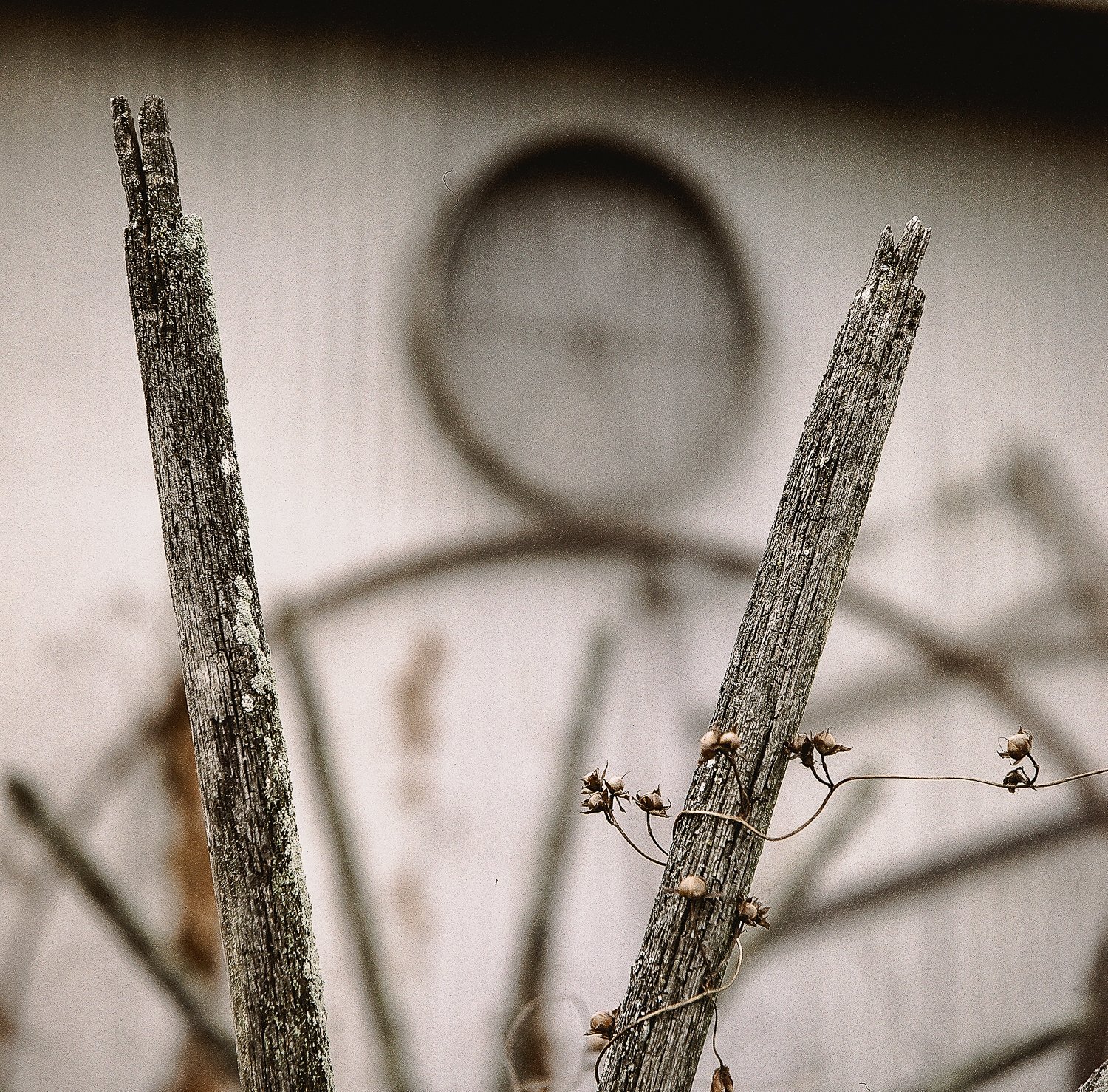I have been the primary photographer for only two weddings in my life — once for my wife’s brother’s first wedding (because they didn’t have the funds to pay for a professional) and once for one of my son’s (also because there wasn’t money to ‘spare’ for a professional). Besides the obvious pressure to ‘get it right’ because there are no do-overs with a wedding event, there is also the even greater pressure (especially these days) to ensure that everyone in the photos looks their best. There’s no realistic way to achieve this state because most folks aren’t realistic about how good (or bad, depending on their perspective) photos are.
As someone with photographic skills, I have looked forward to serving as the ‘plus one’ photographer at some weddings. I have hoped to provide some interesting background asides at these events. The professionals can’t be everywhere all the time, so my work can fill in and'/or offer some (black and white) color to the photographic record of wedding events.
What tires me (and what elevates my reluctance to even accept these offers) is the way the subjects judge the quality of my photographs by the way they look. The most common are related to poochy stomachs, wrinkly faces and jowly necklines. That’s not the result of the camera adding the ‘extra 10 pounds’ or poor lighting. We live in an Instagrammy world where you can crop yourself in such as way to diminish some of these issues, or use filters to magically make them better. So essentially we are removing the realistic power of photography and using it to create something increasingly unrealistic. AI images are just the lastest step in that progression.
Yes, I am kvetching (ala photographer’s lament) about those who, upon being presented with one of my photographs, fail to recognize the composition, the tonality, the overall effectiveness of the photograph, and instead dismiss it because of the creping around their lips or less-than-model-ish way their stomach isn’t washboard flat. And, yes, I’m tempted (but never do) say, “If you are that sensitive about that part of your body image, then do something about it other than ‘fix it in post.’”
And, yes, yes, I too succumb to such reactions. I offer the photo below of one that I don’t like because it makes me look heavier than I think I am and because it makes me look like Larry King. So I’m lumping myself in with everyone else.
P.S. I have to also add that my feelings above are all wrapped up in my general reaction that the expectations around what constitutes a ‘good’ or ‘perfect’ wedding are unreal and unrealistic, thanks in no small part to the expectations driven by the Wedding-Industrial Complex. Obscene, is the word that most often comes to my mind. No offense to the photographers, wedding planners, florists, butter mint manufacturers and barkeeps that make their living off these events. I like the way my own parents got married. They walked down the aisle at a church, had their reception in their grandmother’s nearly home, stood for some photos before a Kodak Brownie, then took off for a modest honeymoon. Other than the use of a church, that’s my kinda wedding.
I look like Larry King in this recent photograph taken at a wedding.
